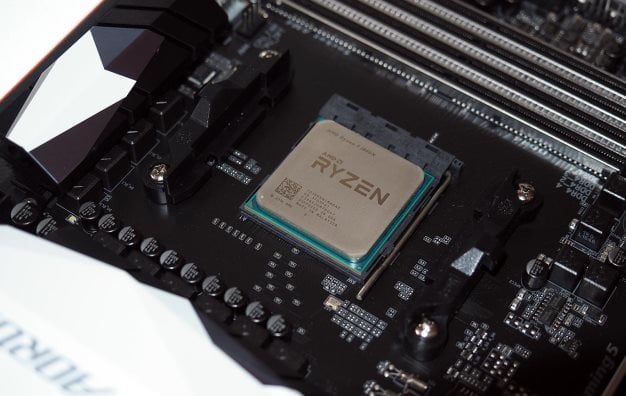AMD CPUs And GPUs Show Share Gains Among Gamers In February Steam Hardware Survey

Steam is the largest digital distribution platform for PC games. As such, its monthly hardware and software surveys provide a good way to put your finger on the pulse of the PC gaming sector in general, and to identify trends in the hardware space. Looking at the results for February, we can see that AMD is gaining ground in both CPUs and GPUs, as it is no doubt benefiting from newer architectures on both fronts.
Starting with CPUs, the percentage of Steam users running AMD hardware is on the rise, after dipping slightly in January. AMD gained just over a full percentage point, and now accounts for 9.09 percent of all gamers on Steam. Meanwhile, AMD's rise coincides almost exactly with Intel's 1.03 percent decline. The good news for Intel is that it is still dominating the landscape, with around one in 10 gamers on Steam (90.91 percent) running an Intel CPU.
If we dig just a little deeper into the figures, we can see that AMD users are adopting faster clocked chips. None of the speed tiers among AMD processors saw a drop in share among gamers. In addition, there are more Steam gamers running AMD chips clocked at 3.3GHz to 3.69GHz—the fastest speed tier represented—than in any of the slower clocked tiers.
Also interesting is AMD's slight gain in GPU share. Crytpocurrency mining has been a kick in the groin for gamers in search of graphics cards, and that is where many GPUs are ending up (in the hands of miners, not groins). Even so, AMD's share of Steam users in the GPU section increased from 8.2 percent in January to 8.9 percent in February. We don't want to extrapolate too much from that stat, but it will be interesting to see if AMD is able to grow its share further once the supply graphics cards catches up with demand.
One other interesting tidbit—for those of you are into VR gaming, Facebook's Oculus Rift headset leapfrogged HTC's Vive for the first time. At the end of February, 47.31 percent of VR gamers on Steam were using the Rift, versus 45.38 percent using the Vive.
This one is the easiest to explain, as the numbers underscore that pricing matters. This is especially true in VR, where the high cost of entry has been a barrier for mass adoption. Last year, however, Facebook permanently slashed the price of the Rift to $399, which also includes touch controllers. The Vive, meanwhile, costs $599.


